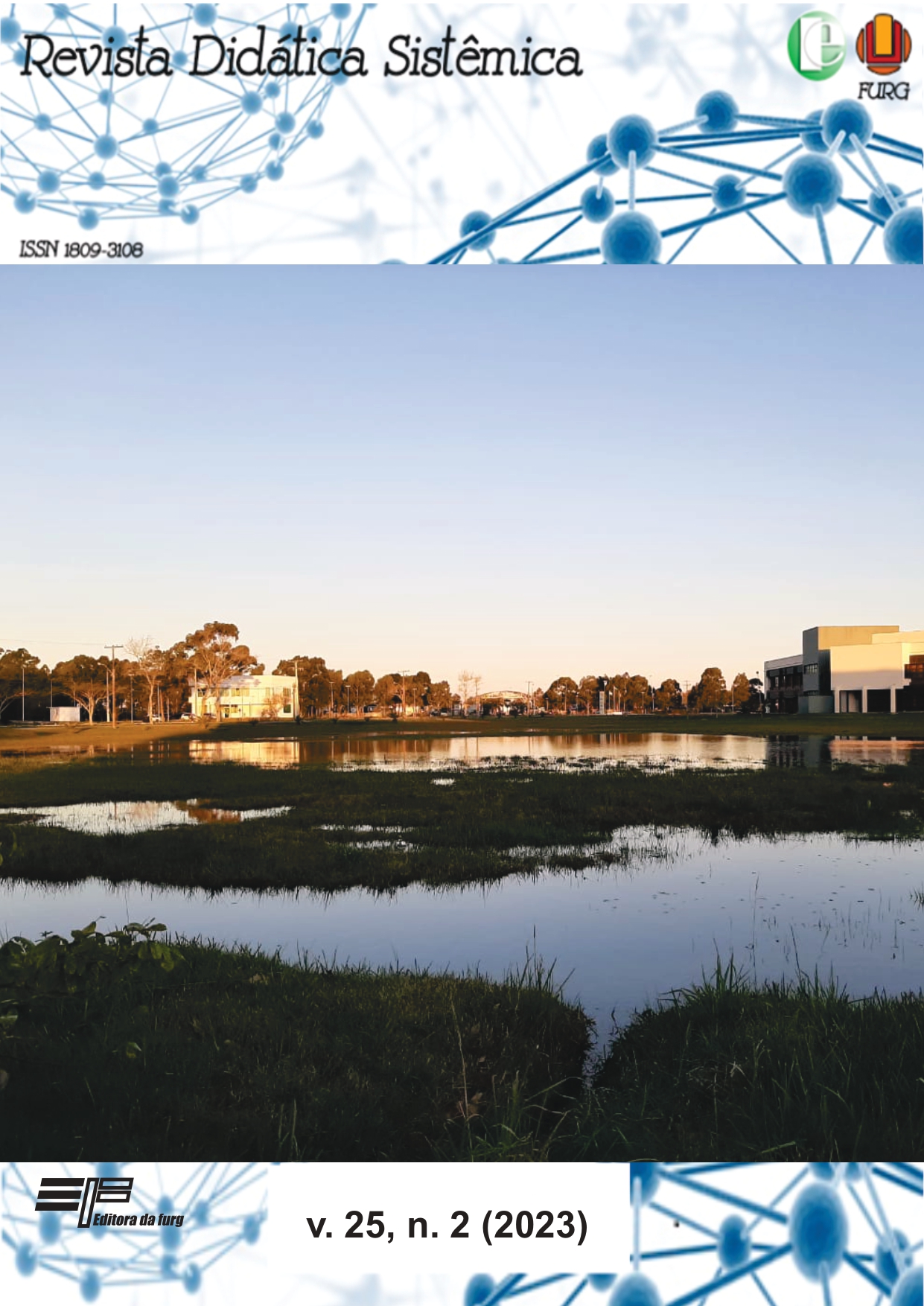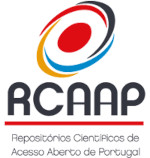LANGUAGE INCLUSION AS A GOVERNMENT STRATEGY FOR DEAF PEOPLE
DOI:
https://doi.org/10.14295/rds.v25i2.15411Abstract
This article discusses government strategies for Deaf people based on a language inclusion process. In the light of Foucauldian Studies, Deaf Studies in Education and studies in language policies, the results of a research that mapped official documents in four sets of countries are discussed: 10 Spanish-speaking countries in America and Europe; six French-speaking countries in America and Europe; eight English-speaking countries in Africa, America, Europe and Oceania; and eight Portuguese-speaking countries in Africa, America and Europe. It is observed that different countries do not have explicit sign language policies, which does not mean that practices with these languages do not occur in their territories. It is argued that, despite this, sign languages still depend on institutional undertakings so that their learning and their effective use in society are possible.








